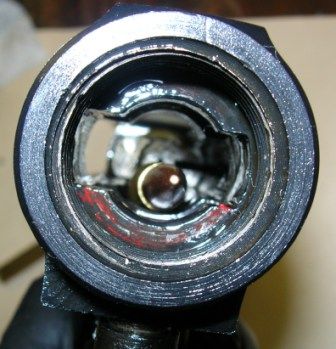Did I make a bad decision to base a 35 Whelen on this receiver?
That is the caliber I am going to use. I have a lot of respect for the 35 Whelen, my gunsmith recommended a #4 Douglas contour for the weight. I am going for a 1:14 twist as I do not plan to shoot anything heavier than 250 grains. I have a 35 Whelen , #2 Douglas contour, it weighs 8 lbs 11.2 oz, with scope, and the recoil is painful. The only problem is getting the barrel and the stock, everything is 10-14 weeks back order!
These actions do not have Belgium proof marks, but SARCO claims they are Belgium made. The receiver is marked Dumoulin Herstal SA.
The split receiver ring collar is a departure from M98, and is what FN did, but the rest of the action is very M98 Mauser. It has the guide rib, undercut claw extractor tongue, milled magazine feed lips, the firing pin interlock, the two piece firing pin shaft. It has a modern M70 safety and hinged floor plate. The Mauser actions of the 50’s did not have these features so this is an improvement.
I don’t know what rings it will take, neither does Sarco. The threaded holes are 6-48, need a drop of oil and a little screwdriver to get the screws to start.
It almost fit into a M1908/34 CZ action. The trigger guard screws line up with the stock, but the magazine and floorplate are larger. Based on my measurements, the screw holes are 19.9 cm (about 7 13/16”) apart. The receiver ring is wider than my Columbian Mauser receiver ring, but not by much.
My action fed 308 and 30-06 from the magazine.
I am skeptical whether these receivers are made of A2 steel. When I talked to Sarco, I was not impressed with the technical competency of the person on the phone, so whether the receivers are made from A2 steel is an article of faith. It could be that it is a European steel close in composition to A2, given that steel specifications are different, because the specifying agencies are different corporations. Given that this is the 21st Century, a competent designer/manufacturer would use an alloy steel instead of the plain carbon steels FN used in the 50’s, and a decent alloy steel is an improvement. My preference would be 4340 for toughness. I have not looked up the fatigue or Charpy impact results on A2, and I would be interested in the comparison, assuming that the receiver is made from A2.
I have not seen a Mauser action of this quality since the 50’s FN’s, and it has a better safety, trigger, and floor plate.
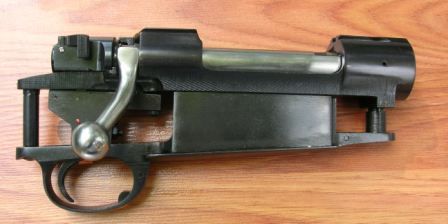
Front dovetail, no idea what will fit.
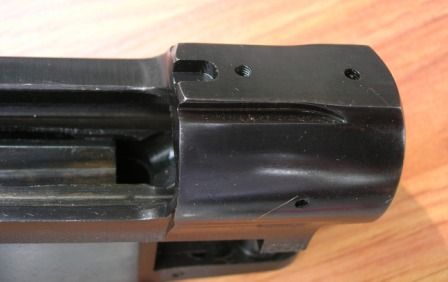
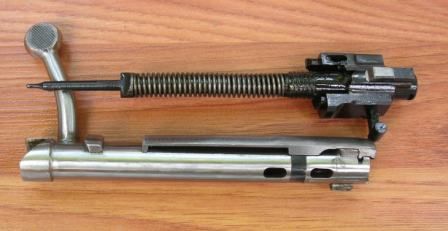
30-06 cases, all fed from magazine
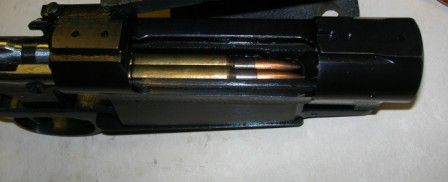
308 Win fed from magazine
